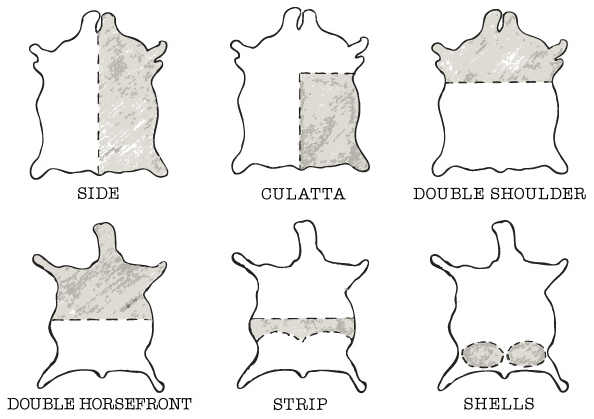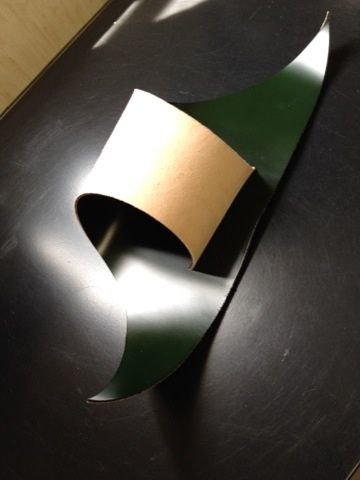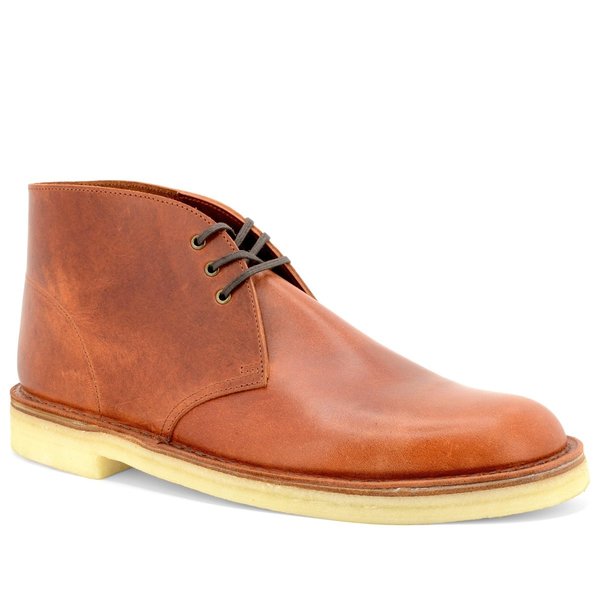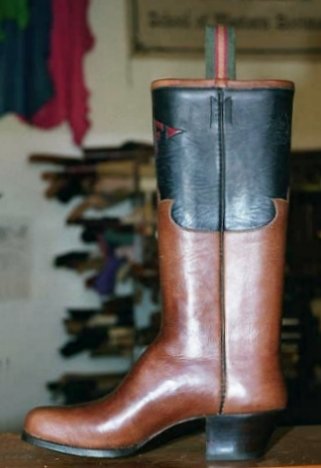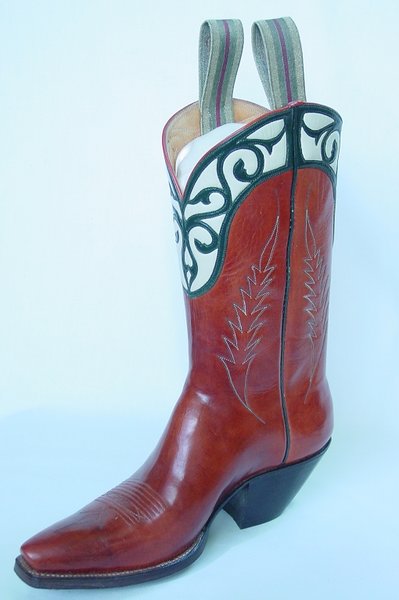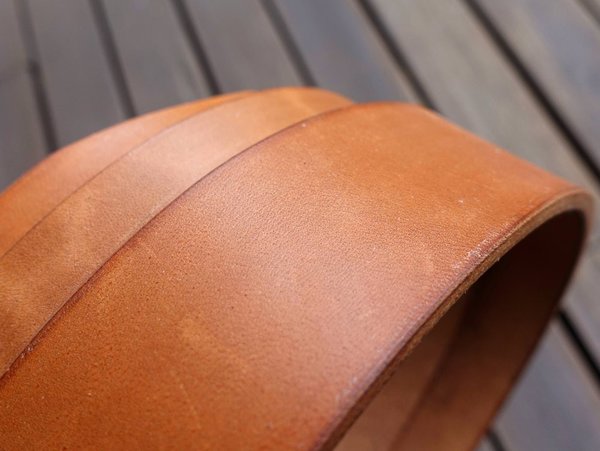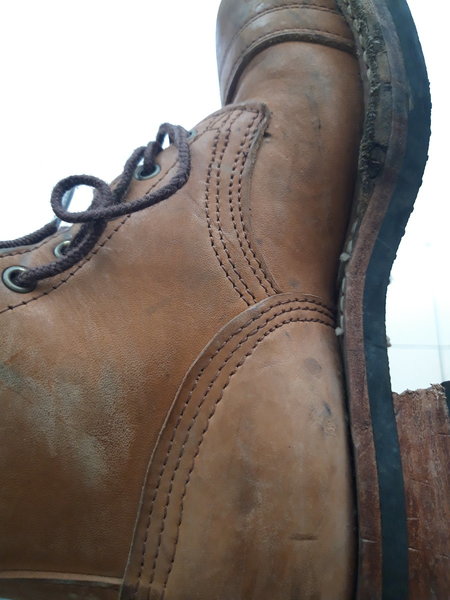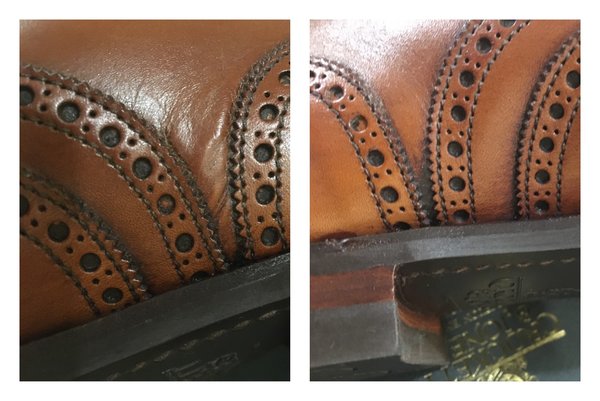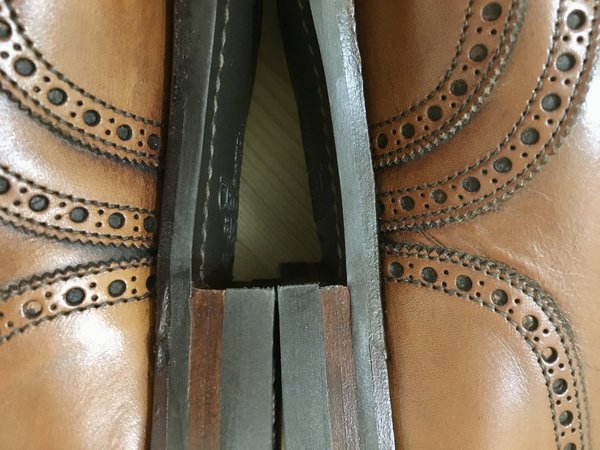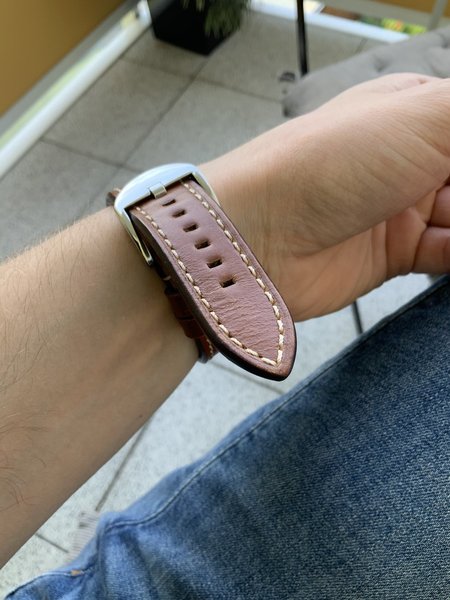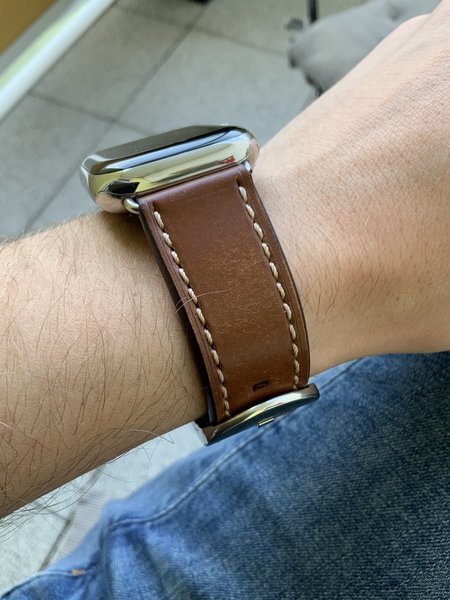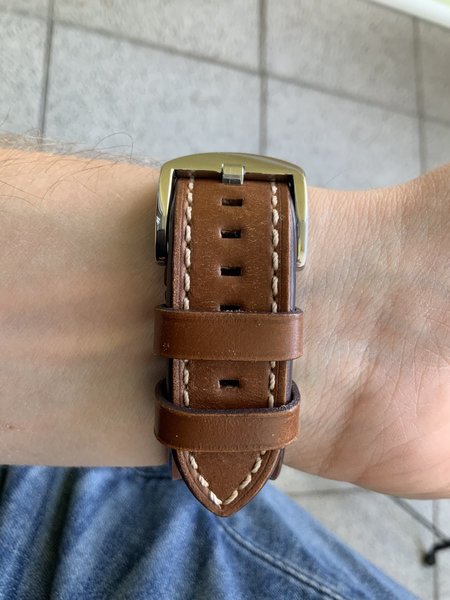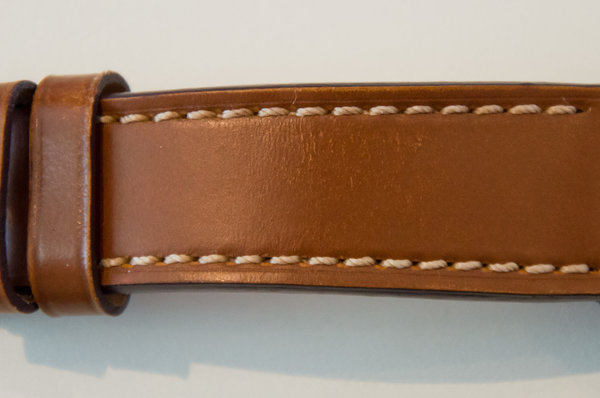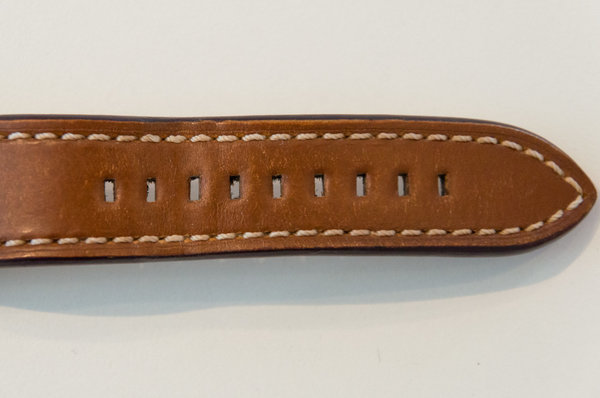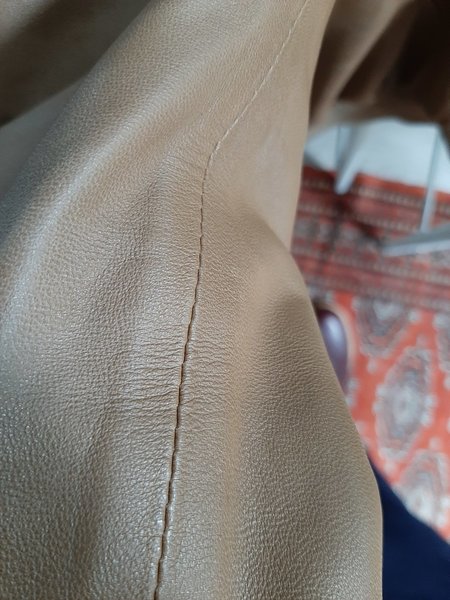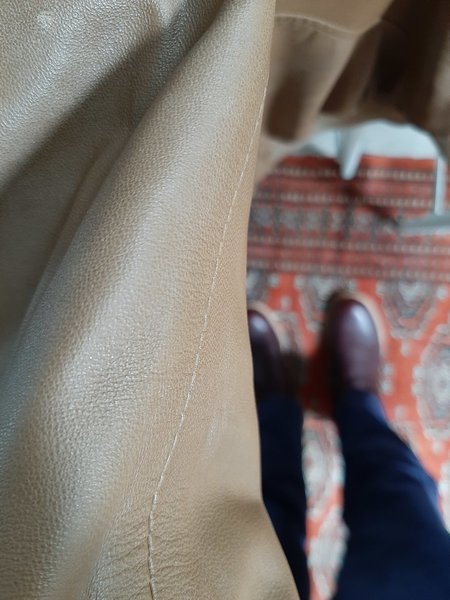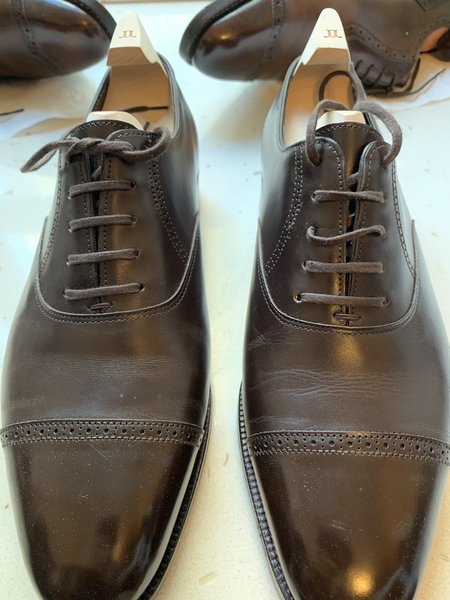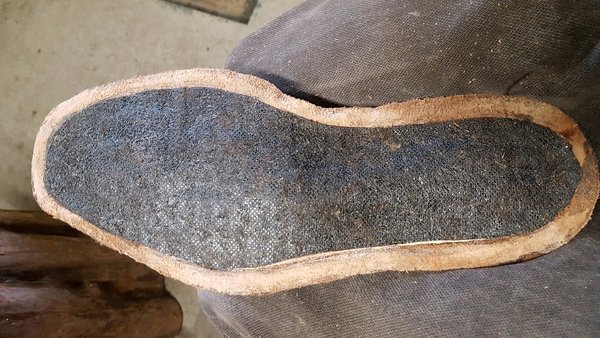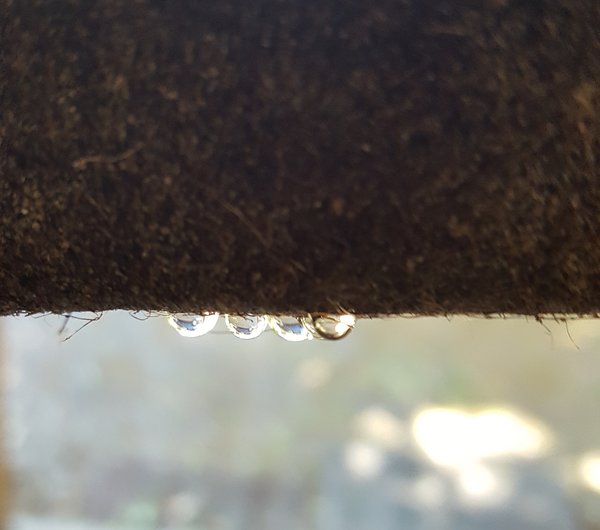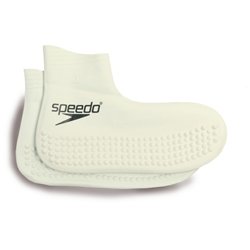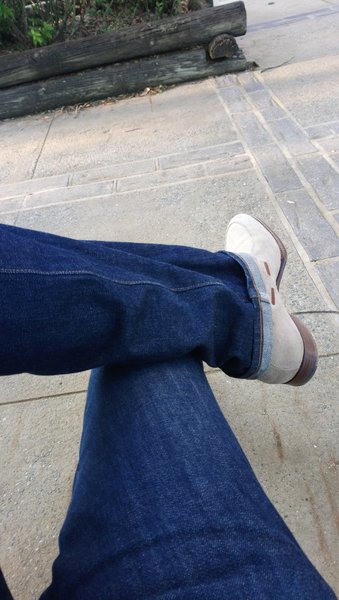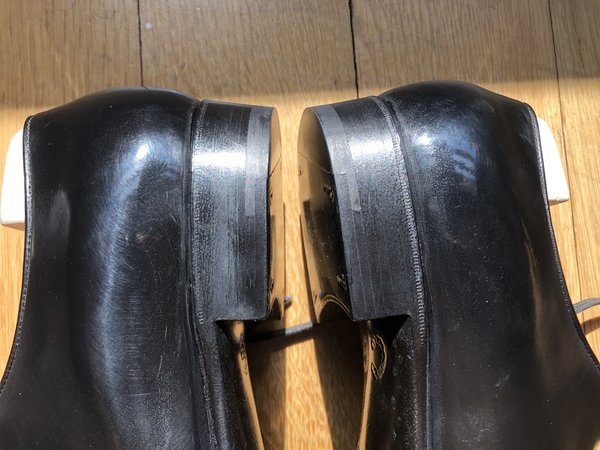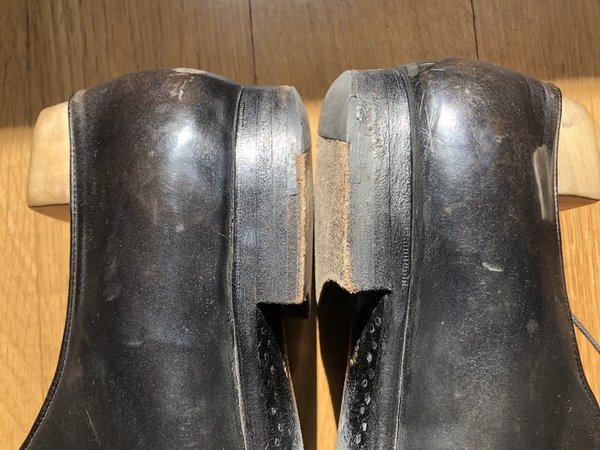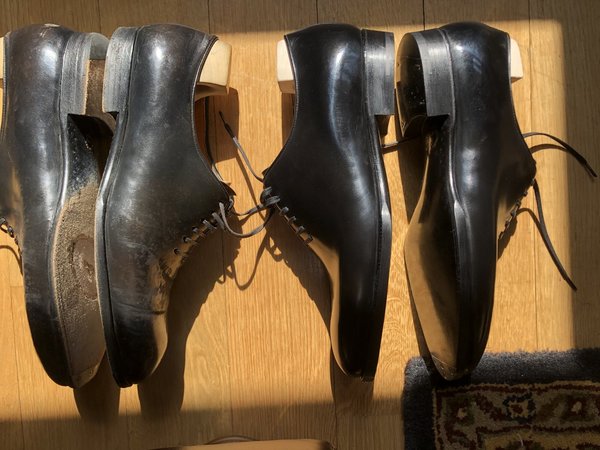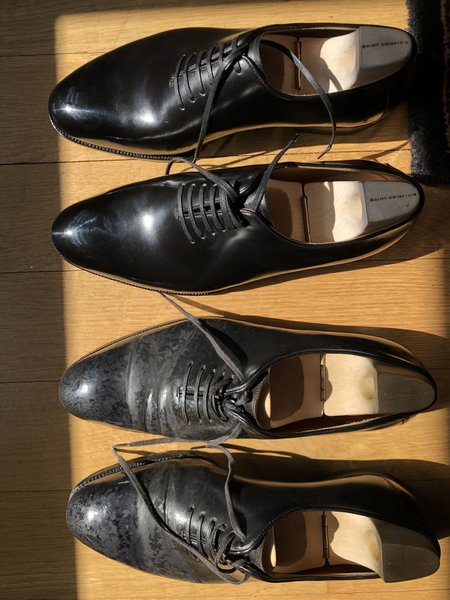- Joined
- Jan 8, 2008
- Messages
- 10,132
- Reaction score
- 5,714
I'm sure that's true. And again I am not chemist so anyone who is feel free to correct me.
That said, aside from the effects of heat and/or gravity, water in both liquid and vapour states share one commonality--they both tend to abhor areas that have lesser concentrations of moisture. IOW, both water and vapour will move to spaces that are dry or drier. Liquid water...even ice...will evaporate, no heat needed--it is water trying to take over the world.
Whether that's good science or not, it is both observable and demonstrable....and practically speaking the only consideration that bears on the discussion of silicones, oils, waxes and waterproofing leather.
liquids and gases behave differently when faced with a semi-permeable membrane.
I'm sure that's true. And again I am not chemist so anyone who is feel free to correct me.
That said, aside from the effects of heat and/or gravity, water in both liquid and vapour states share one commonality--they both tend to abhor areas that have lesser concentrations of moisture. IOW, both water and vapour will move to spaces that are dry or drier. Liquid water...even ice...will evaporate, no heat needed--it is water trying to take over the world.
Whether that's good science or not, it is both observable and demonstrable....and practically speaking the only consideration that bears on the discussion of silicones, oils, waxes and waterproofing leather.
Last edited:



